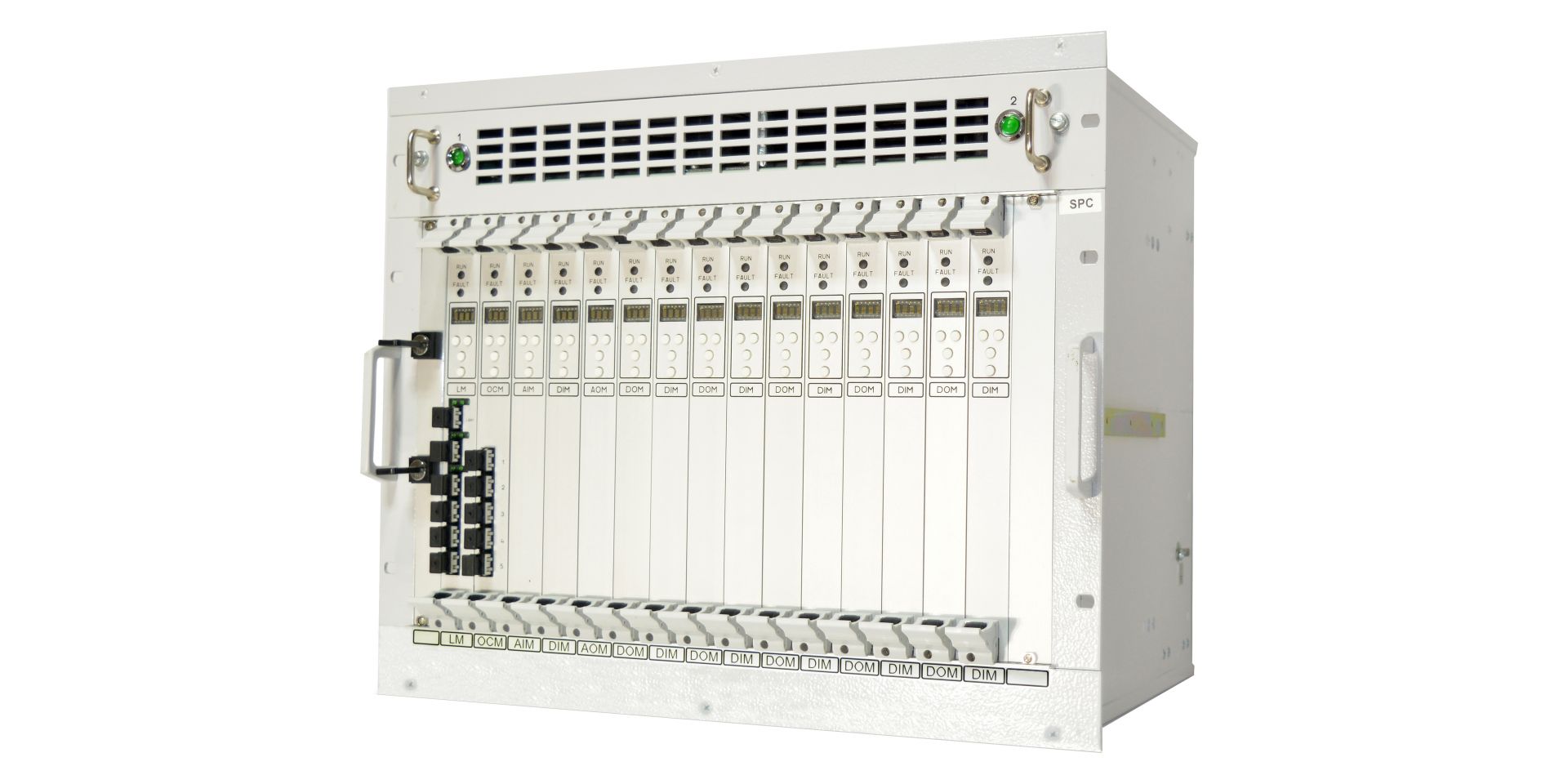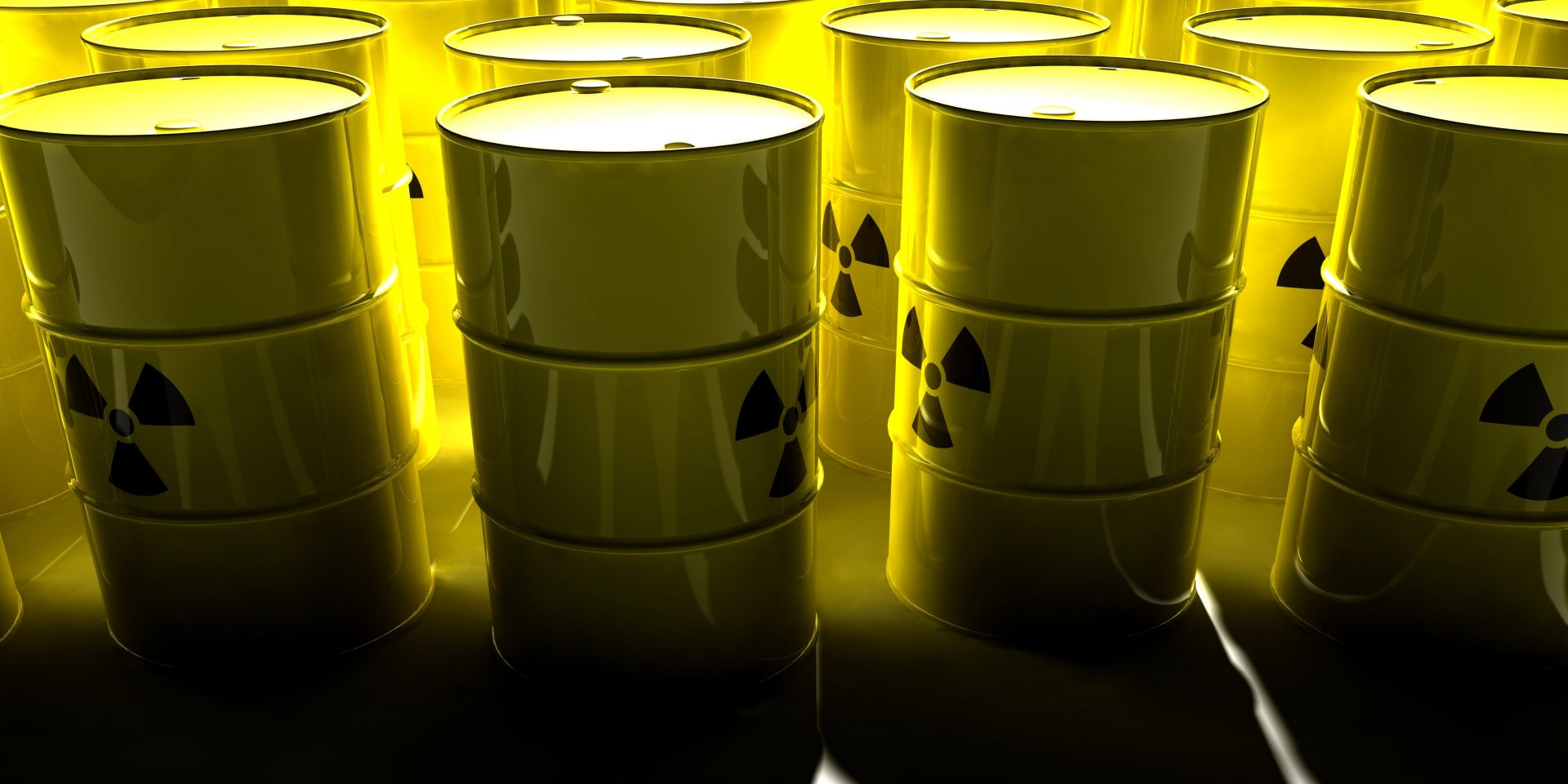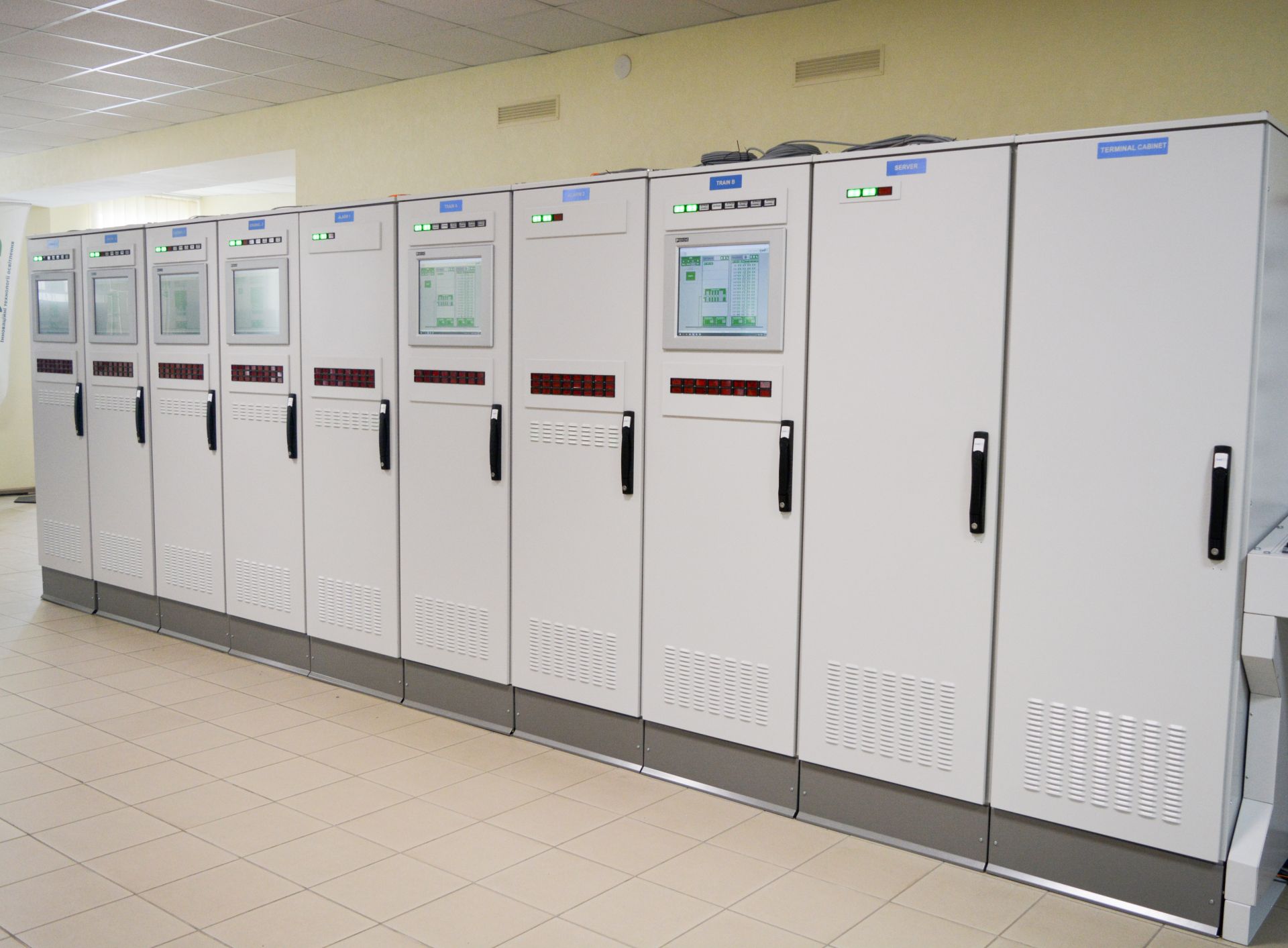ORNL associate laboratory director Kathy McCarthy at the prototype which led to the Material Plasma Exposure eXperiment (MPEX), a device that will support fusion materials research. Photo: ORNL
Oak Ridge National Laboratory has a long record of advancing fusion and fission science and technology. Today, the lab is focused more than ever on taking advantage of that spectrum of nuclear experience to accelerate a viable path to fusion energy and to speed efficient deployment of advanced nuclear technologies to today’s power plants and future fission systems.
Guided waves and robots advancing inspection of areas with limited access
The Hanford Site in Washington state stores millions of gallons of high-level radioactive waste in 28 double-shell tanks. The tanks are buried underground to enhance radiation shielding. The space between the primary tank and the steel liner can be used to allow inspection of the inaccessible regions of these vessels.
Nuclear power plant containment vessels have large, inaccessible regions that cannot be inspected by conventional techniques. Inaccessible regions often are encased in concrete, soil or sand, or hidden behind equipment attached to a wall. Similar constraints affect the inspection of double-shell tanks designed to store nuclear waste, illustrated in Figure 1, that have an inaccessible region at the tank bottom where the primary shell is supported by the secondary shell. Present methods to monitor the integrity of these vessels primarily rely on partial inspections of accessible areas or estimation of corrosion rates; however, these approaches cannot account for nonuniform localized corrosion or cracking.
Game changer in addressing I&C common cause failure protection Game changer in addressing I&C common cause failure protection and diversity requirements implementation
List of authors:
- Mr. Ievgenii Bakhmach, “RPC Radics” LLC, Chief Executive Officer
- Mr. Ievgen Brezhniev, “RPC Radics” LLC, Strategic Marketing Director
- Mr. Vyacheslav Kharchenko, Director of Scientific and Technical Center, PC “RPC Radiy”
- Mark J. Burzynski, SunPort, Chief Executive Officer
- Sean Kelley, SunPort, Chief Operating Officer
Radiy is proud to present the RadlCS Digital Instrumentation and Control (l&C) Platform that was approved by the U.S. Nuclear Regulatory Commission (NRC) on July 31, 2019.







 Bag-out operations can pose many issues to the TRU waste handling and disposal process. Among these are operator and facility safety, operational time, excess waste volume, and increased shipping costs to a waste repository.
Bag-out operations can pose many issues to the TRU waste handling and disposal process. Among these are operator and facility safety, operational time, excess waste volume, and increased shipping costs to a waste repository.